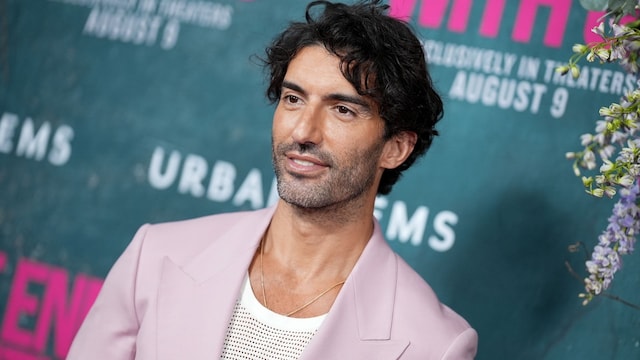The Background of the Legal Dispute
Understanding the Roots of Conflict
The legal dispute at hand finds its origin in a series of complex interactions and contractual agreements between the involved parties. In many cases, such disputes arise from misinterpretations, lack of clarity in contract terms, or failure to fulfill obligations as stipulated. For instance, a recent high-profile case involved a prominent entertainment company accused of breaching licensing agreements with an independent artist. The artist alleged that the company had failed to financially compensate them according to the agreed terms, bringing forth multiple claims that highlighted both contractual and statutory violations. Historical patterns suggest that such disputes often stem from power imbalances within the industry, where larger entities may attempt to leverage their resources at the expense of smaller creators.
Navigating the Legal Landscape
In today’s rapidly evolving entertainment industry, legal disputes are increasingly prevalent and complex, often intertwining issues of intellectual property, copyright infringements, and ethical obligations. As digital platforms proliferate, so do the challenges of protecting creative works. According to recent statistics, the number of legal actions in the entertainment sector has surged by over 25% in the last five years, driven by the rise of streaming services and their impact on traditional distribution models. This trend emphasizes the need for artists and companies alike to have robust legal safeguards in place. Furthermore, understanding the nuances of contract law and the specific regulations governing various types of creative content is essential for navigating potential pitfalls.
Looking Ahead: Predictions for Legal Developments
As the entertainment industry continues to adapt to new technologies and business models, the landscape of legal disputes is likely to evolve. Increasing reliance on digital content suggests that disputes concerning copyright, licensing, and fair usage will become more frequent. Experts predict that we may see an uptick in attempts to resolve disputes through arbitration and mediation, as parties look to avoid lengthy litigation. Moreover, legislation aimed at protecting creators’ rights is likely to grow in significance, highlighting the balance that must be struck between innovation and the protection of intellectual property. Stakeholders should remain vigilant and informed, as staying ahead of legal trends will be key to thriving in the ever-competitive entertainment world.
Why the Lawsuit Wasn’t Refiled
When exploring the reasons behind why a lawsuit might not be refiled, several key factors typically come into play. One primary consideration is the legal strategy and the likelihood of success in subsequent attempts. If the initial lawsuit faced significant legal hurdles or lacked substantial evidence, pursuing the case further may be deemed unfeasible by legal experts.
Moreover, the financial implications involved in litigation cannot be underestimated. Refiling a lawsuit entails additional costs in terms of legal fees, court filings, and other related expenses. If the potential returns do not outweigh these expenditures or if the financial situation of the plaintiff has changed, it may dissuade them from pursuing a refiled lawsuit.
Strategic considerations also play a pivotal role in deciding whether to refile a lawsuit. Changes in legal precedents, shifts in public opinion, or even the availability of new evidence can impact the decision-making process. Additionally, settlements or alternative dispute resolution methods may be explored as more pragmatic options compared to enduring the lengthy and uncertain process of litigation.
Lastly, the emotional toll that prolonged legal battles can take on individuals involved in the lawsuit cannot be overlooked. The stress, anxiety, and time commitment required for litigation can be overwhelming. Thus, factors encompassing emotional well-being and personal circumstances may influence the decision not to refile a lawsuit.
Implications for Justin Baldoni’s Public Image
Justin Baldoni, known for his roles in various TV shows and as a director, carries a significant public image. Every action and statement made by a public figure like Justin can have reverberating effects on how they are perceived by the public. For Justin Baldoni, maintaining a positive public image involves transparency, authenticity, and engaging in activities that align with his core values.
On the flip side, any misstep or controversy can quickly tarnish a public figure’s reputation. Therefore, Justin Baldoni must be mindful of his words and actions, ensuring they reflect positively on his public persona. Remaining true to himself, while also being sensitive to the impact of his choices on his audience, is crucial in safeguarding and enhancing his public image.
By consistently demonstrating integrity, empathy, and accountability in his interactions, Justin Baldoni can continue to cultivate a strong, trustworthy public image that resonates with his audience and amplifies his influence positively.



